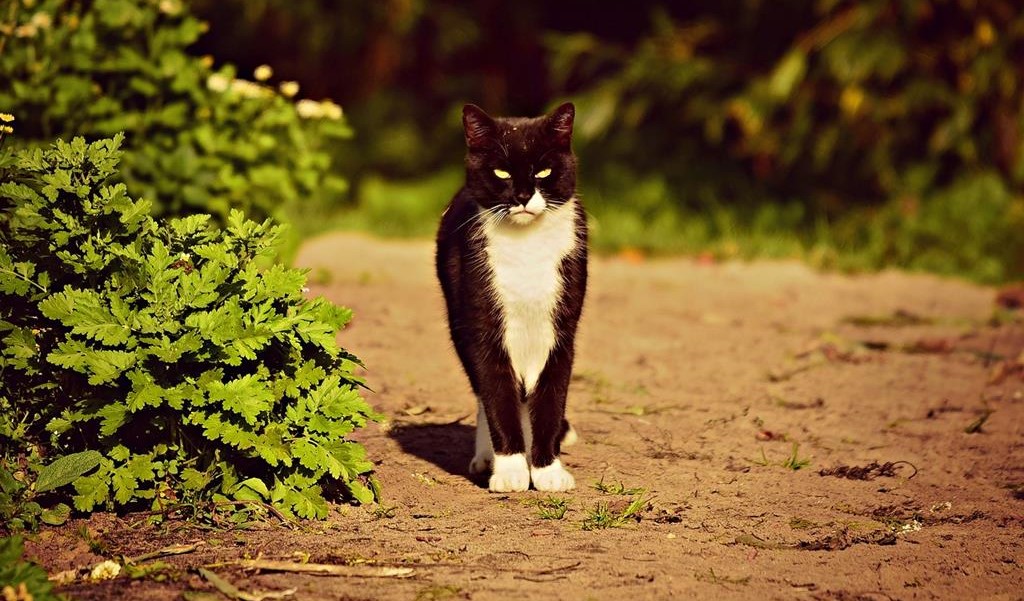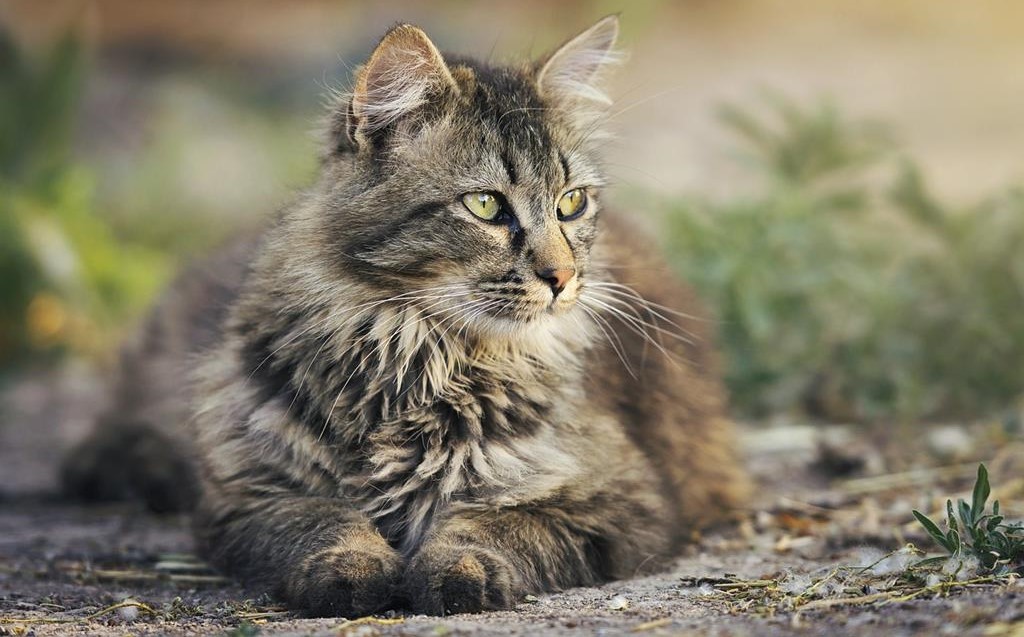In the world of animal welfare and urban environments, the term “community cats” has gained prominence as a way to address and manage the presence of unowned and free-roaming feline populations. These cats, often living in close proximity to humans, play a distinct role in the urban ecosystem and raise important questions about coexistence, compassion, and effective management strategies.
Defining Community Cats:
Community cats, also known as feral or stray cats, are domestic cats that have either been born and raised without much human interaction or have reverted to a more independent lifestyle after being abandoned. They live outdoors in various environments, including urban areas, neighborhoods, parks, and industrial zones.
Characteristics of Community Cats:
Community cats display a wide range of behaviors and personalities shaped by their environment and experiences. Some cats may be wary of human contact, while others might become more sociable due to positive interactions with caregivers. Their appearances can vary greatly, and they can have diverse coat colors and patterns.

Coexistence and the Urban Ecosystem:
Community cats often prompt discussions about their impact on the environment, local wildlife, and public health. Advocates of community cats argue that they help control rodent populations, reducing the need for harmful chemical pesticides. On the other hand, concerns arise about their potential predation on local wildlife and the spread of diseases.
Compassionate Approaches:
Efforts to address the challenges posed by community cats have given rise to compassionate and innovative approaches. Trap-Neuter-Return (TNR) is one such method where community cats are humanely trapped, spayed or neutered to prevent further breeding, and then returned to their original locations. TNR aims to stabilize populations while also addressing concerns about mating behaviors and overpopulation.
Community Involvement:
The management of community cat populations often relies on collaboration between animal welfare organizations, local governments, and concerned citizens. Many communities have established programs that involve volunteers who provide food, shelter, and medical care to these cats while monitoring their well-being.
Education and Awareness:
Raising awareness about community cats is an essential component of responsible management. Educating the public about the importance of TNR, responsible pet ownership, and the challenges faced by community cats can foster empathy and encourage positive actions.
Legislation and Policy:
Some areas have adopted ordinances and policies specifically addressing community cat management. These regulations might outline the requirements for TNR programs, guidelines for caregivers, and provisions for public safety and cat welfare.
A Holistic Approach:
Understanding community cats requires a holistic perspective that takes into account not only the well-being of the cats themselves but also the broader implications for the environment, public health, and local communities. Balancing the needs of community cats with those of humans and other animals is an ongoing challenge that requires open dialogue, collaboration, and innovative solutions.

How do you tell if a cat is a community cat?
Identifying a community cat, also known as a feral or stray cat, involves observing various behavioral and physical cues that distinguish them from domesticated cats. Community cats often exhibit certain traits that reflect their independent lifestyle and limited human interaction. Here are some indicators that can help you tell if a cat is a community cat:
1. Wariness of Humans:
Community cats tend to be cautious and wary of human presence. They might keep a distance and avoid direct eye contact. Unlike domesticated cats that might approach people, community cats often prefer to maintain a safe distance.
2. Hesitant to Being Touched:
Community cats are usually not comfortable with human touch. They may hiss, growl, or attempt to flee if you try to approach them. This behavior is in contrast to domesticated cats that typically enjoy physical contact and petting.
3. No Collar or Identification:
Community cats often lack collars or any form of identification. Unlike owned cats, they may not have visible tags or microchips indicating ownership or contact information.
4. Disheveled Appearance:
Due to their outdoor lifestyle, community cats might have a slightly disheveled appearance. Their fur could be matted, dirty, or have burrs and debris caught in it.
5. Self-Sufficiency:
Community cats are adept at finding their own food sources, often relying on hunting and scavenging. They might appear healthy and well-fed even though they aren’t dependent on regular feeding from humans.
6. Limited Vocalization:
Community cats tend to be less vocal compared to domesticated cats. They might make soft or infrequent vocalizations, especially when they’re communicating with other cats.

7. Distrust of Enclosed Spaces:
Community cats are usually uncomfortable in confined spaces, such as indoors. If you attempt to bring them indoors, they may become stressed, anxious, and attempt to escape.
8. Roaming Behavior:
Community cats are more likely to be seen wandering in specific outdoor areas. They often have established territories where they find food, water, and shelter.
9. Solitary Behavior:
While community cats may form loose colonies with other cats, they tend to be more solitary in their behavior compared to the social tendencies of domesticated cats.
10. Interaction with Other Cats:
Community cats might be seen interacting with other cats, whether in friendly or territorial ways. They might engage in behaviors like scent-marking, grooming, or occasional spats.
11. Shyness in Adoption Situations:
If you encounter a cat that has been living outdoors and show signs of being a community cat, they might initially be shy or resistant to human interaction, even in adoption scenarios.
Keep in mind that these indicators are not definitive, and there can be exceptions. Some cats might be friendly but still living outdoors due to various circumstances. If you’re unsure about a cat’s status, it’s a good idea to observe from a distance and consult with local animal welfare organizations or experts to determine the best course of action for the cat’s well-being.
FAQ: Community Cats
1. What are community cats?
Community cats, also known as feral or stray cats, are domesticated cats that live outdoors and have varying degrees of interaction with humans. They may be born in the wild or revert to a more independent lifestyle after being abandoned or lost.
2. How are community cats different from owned cats?
Community cats typically exhibit wariness of humans, reluctance to be touched, and a self-sufficient nature. They often lack collars or identification, and their appearance might be slightly disheveled due to outdoor living.
3. How do community cats survive outdoors?
Community cats are resourceful when it comes to finding food, water, and shelter. They rely on hunting, scavenging, and natural instincts to survive. Some communities provide food and shelter through managed programs like Trap-Neuter-Return (TNR).
4. Are community cats a threat to public health?
Community cats are generally not a significant threat to public health. However, it’s important to ensure they are part of responsible management programs to prevent overpopulation and address concerns about diseases. TNR programs play a role in controlling their numbers and health.
5. Can community cats be adopted?
While some community cats might be socialized and suitable for adoption, most have adapted to an outdoor lifestyle and may not thrive in indoor environments. Some organizations work to socialize and adopt out community cats, but it requires patience and understanding of their unique needs.
Conclusion:
In conclusion, community cats are a significant and complex aspect of urban life. Their presence sparks conversations about animal welfare, coexistence, and the delicate balance between human activities and the natural world. Through compassionate and well-informed approaches, communities can navigate the challenges posed by community cats while ensuring their welfare and contributing to a more harmonious urban ecosystem.



